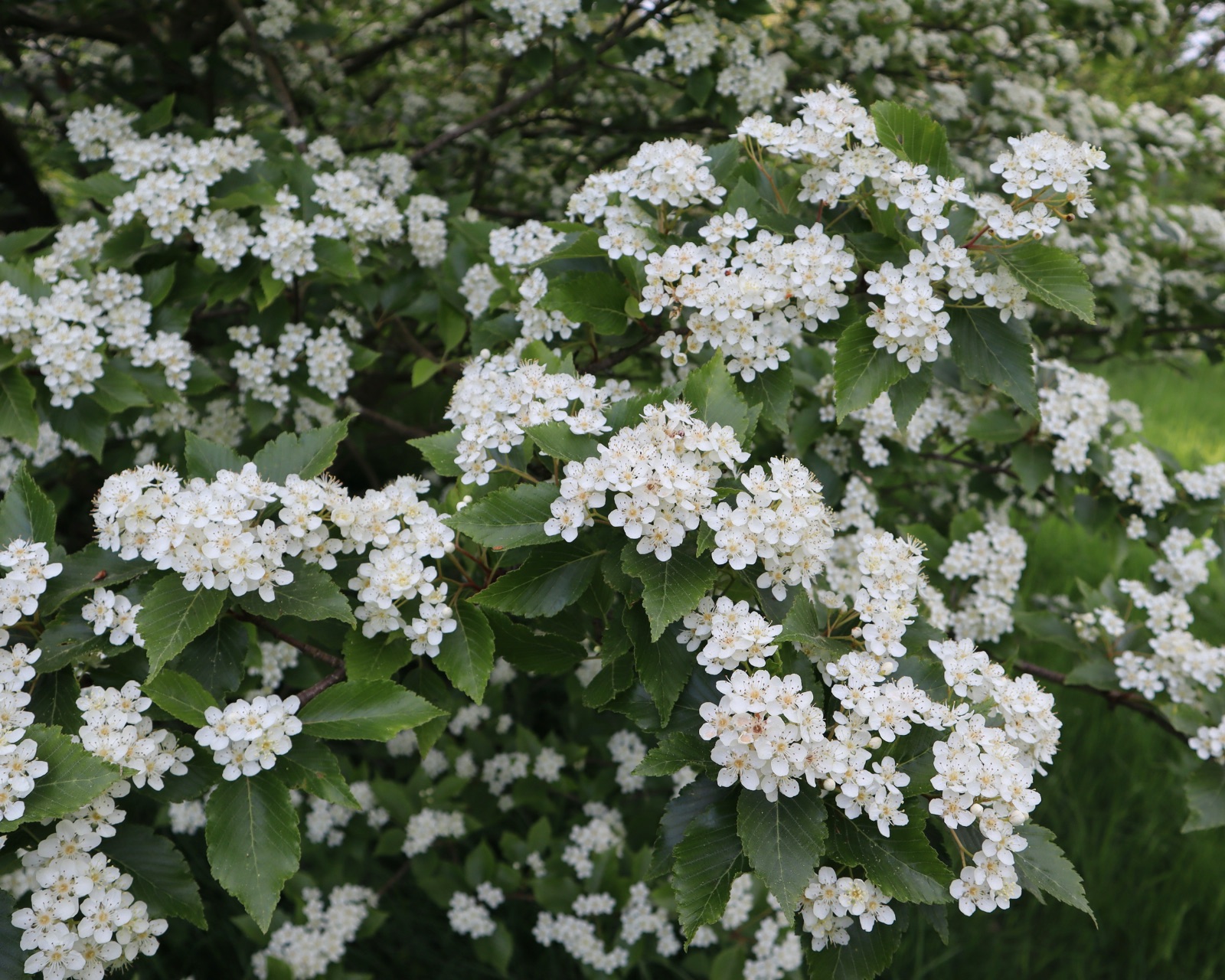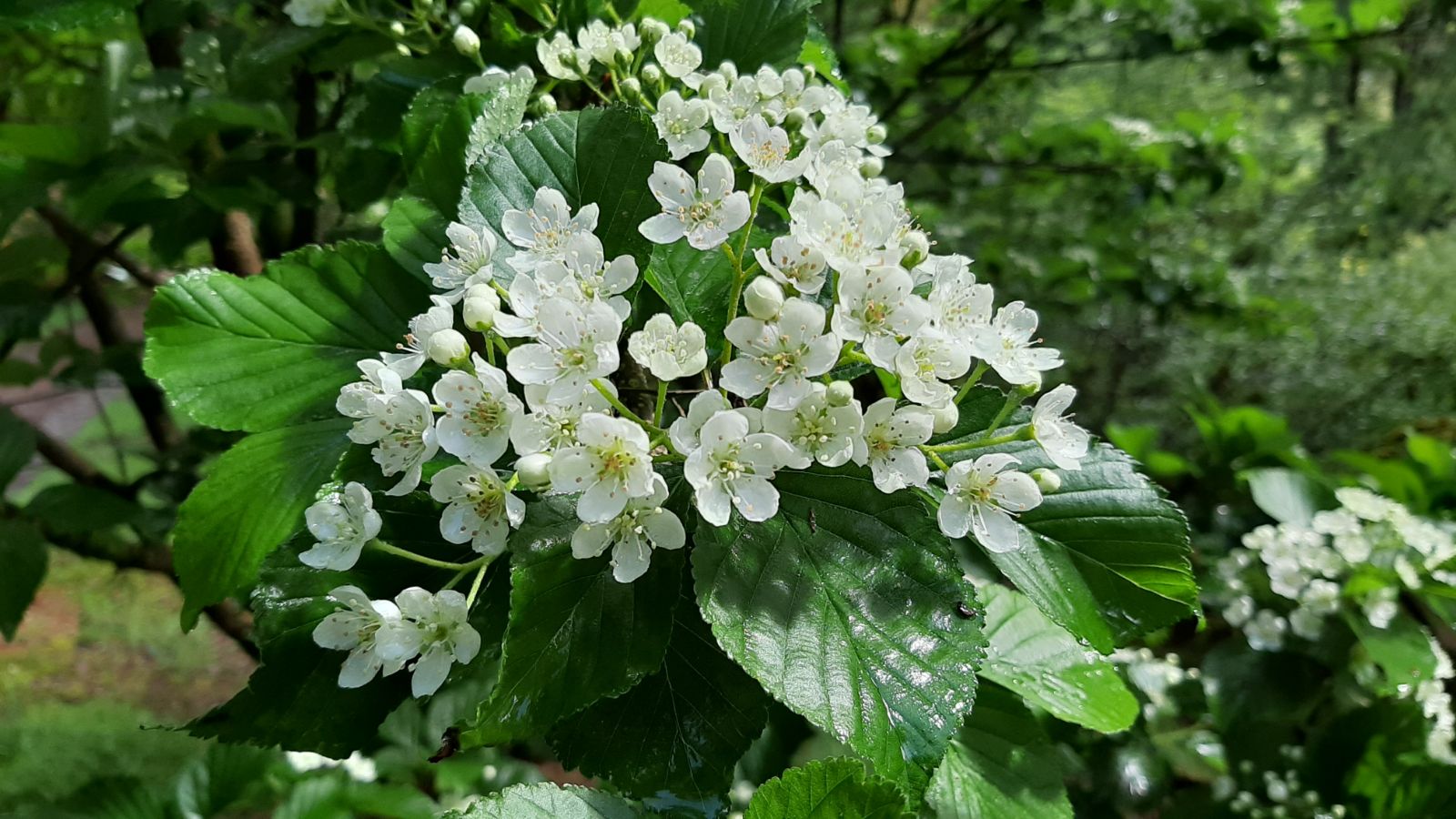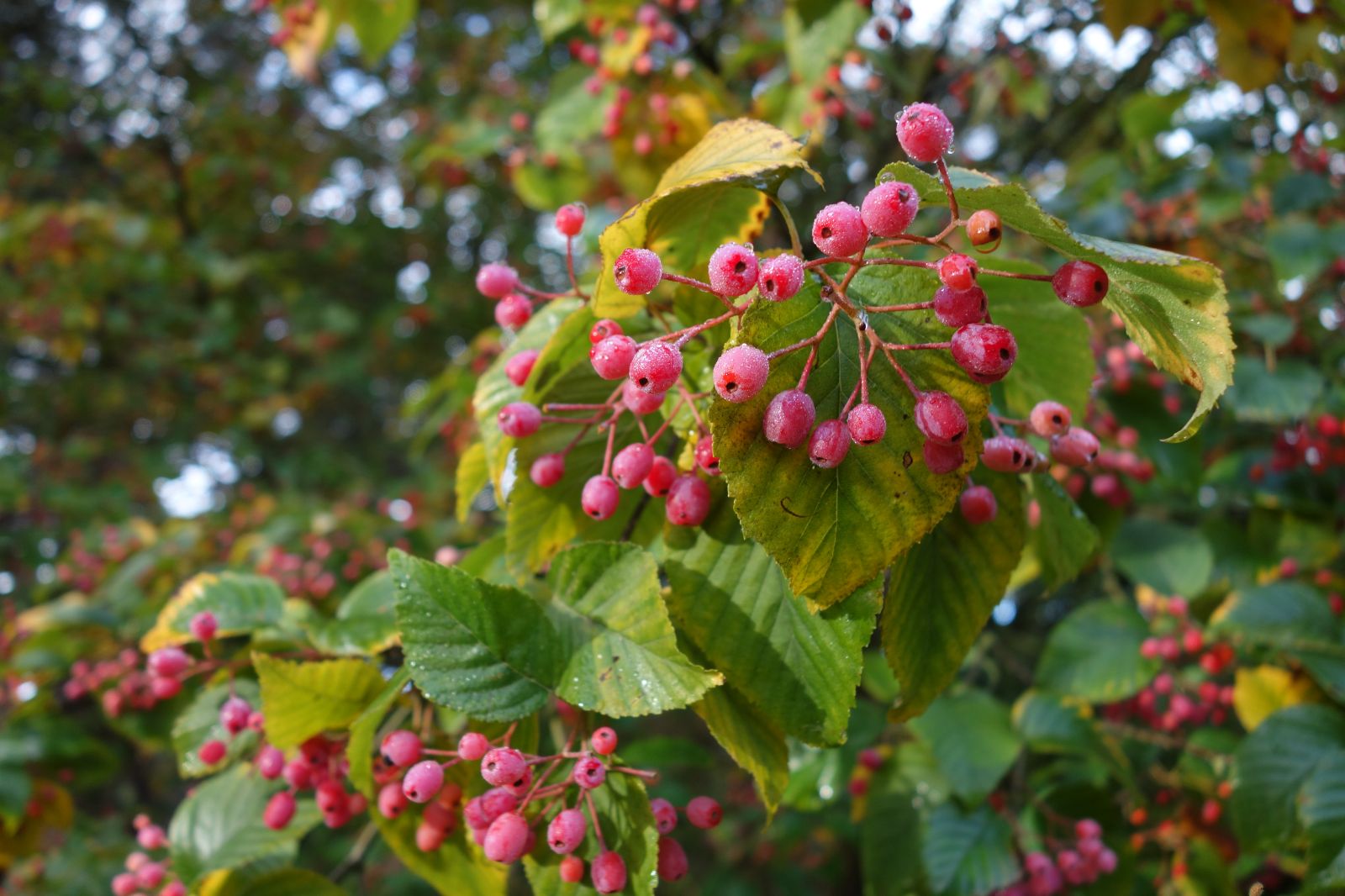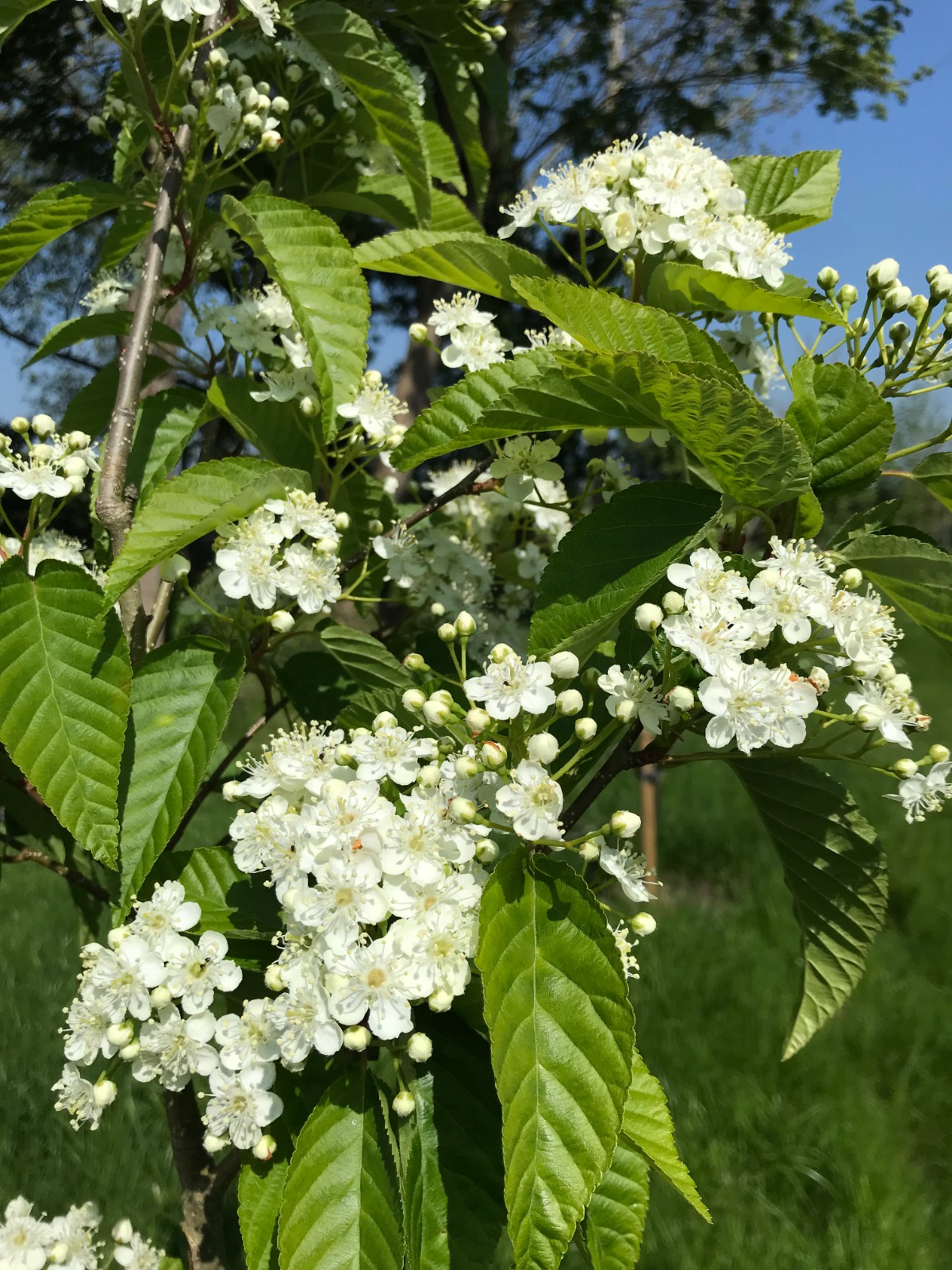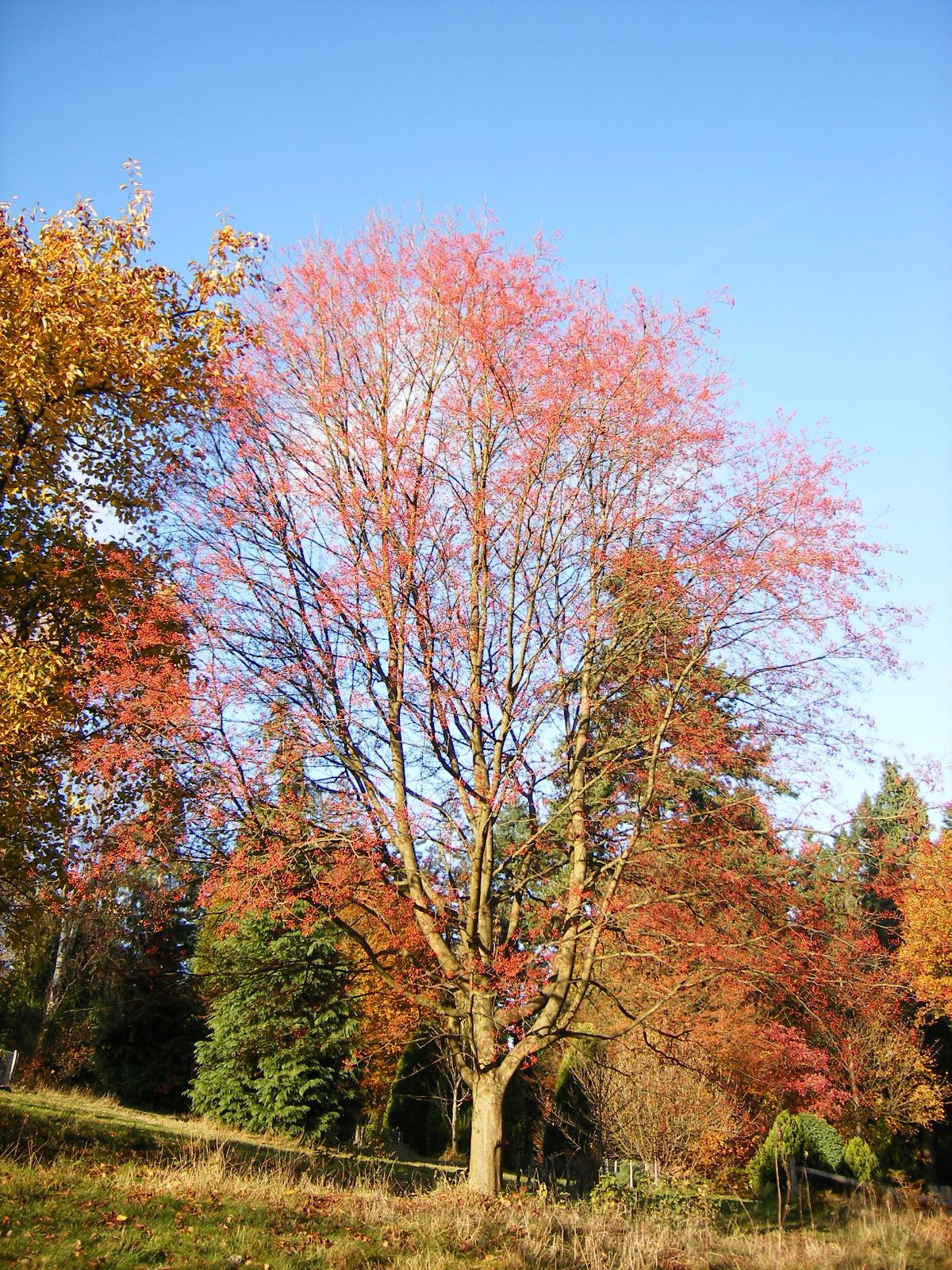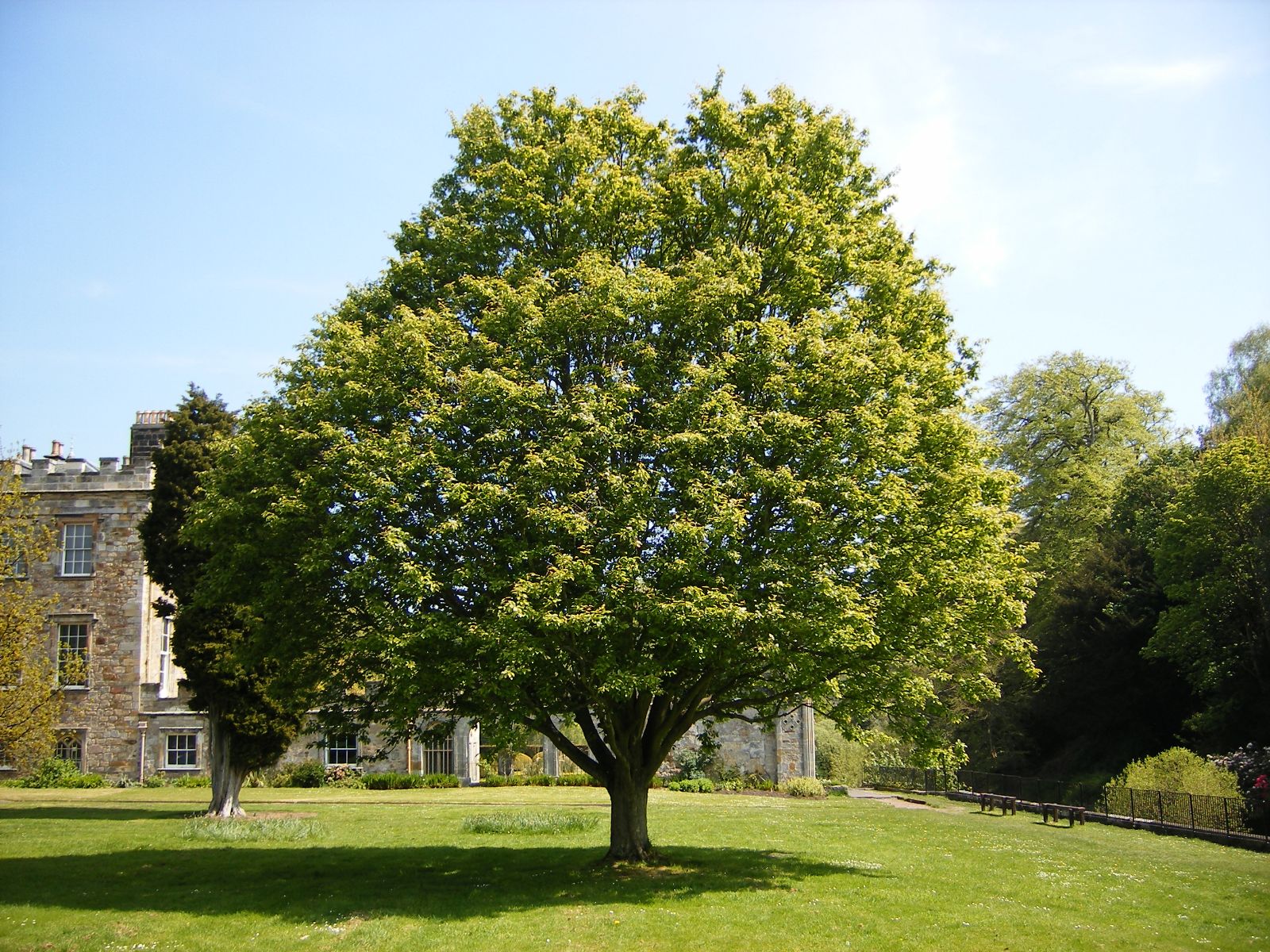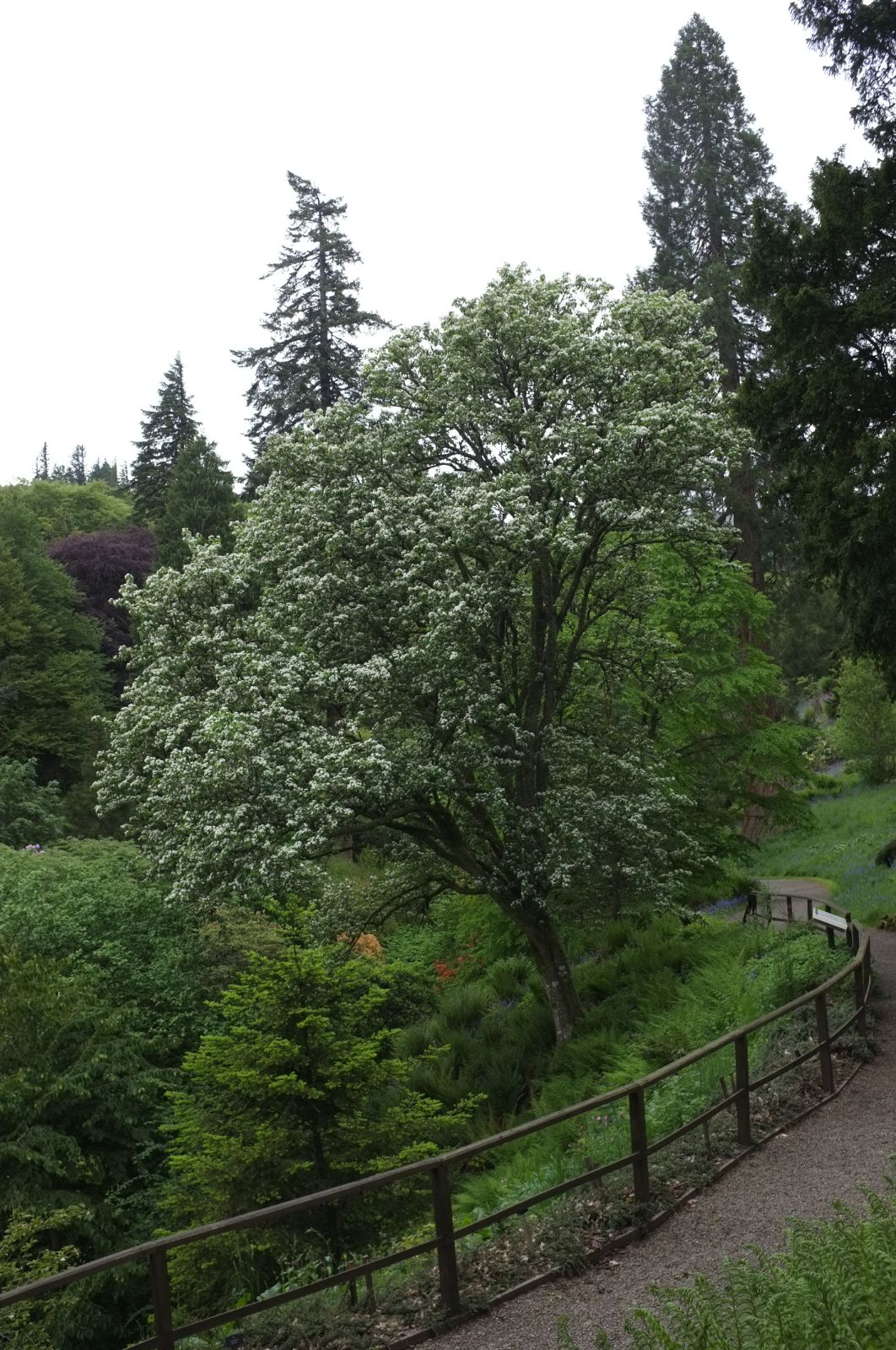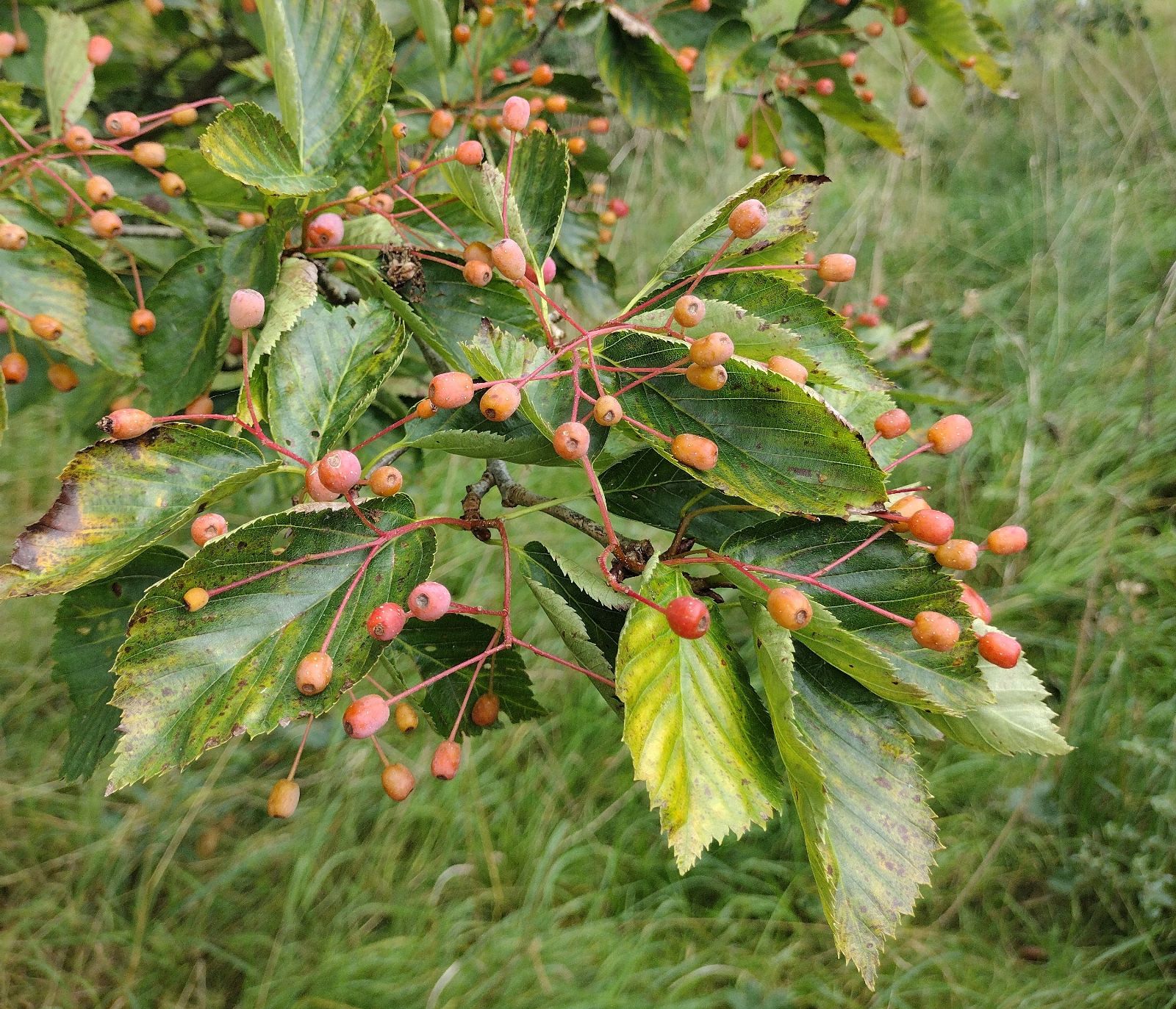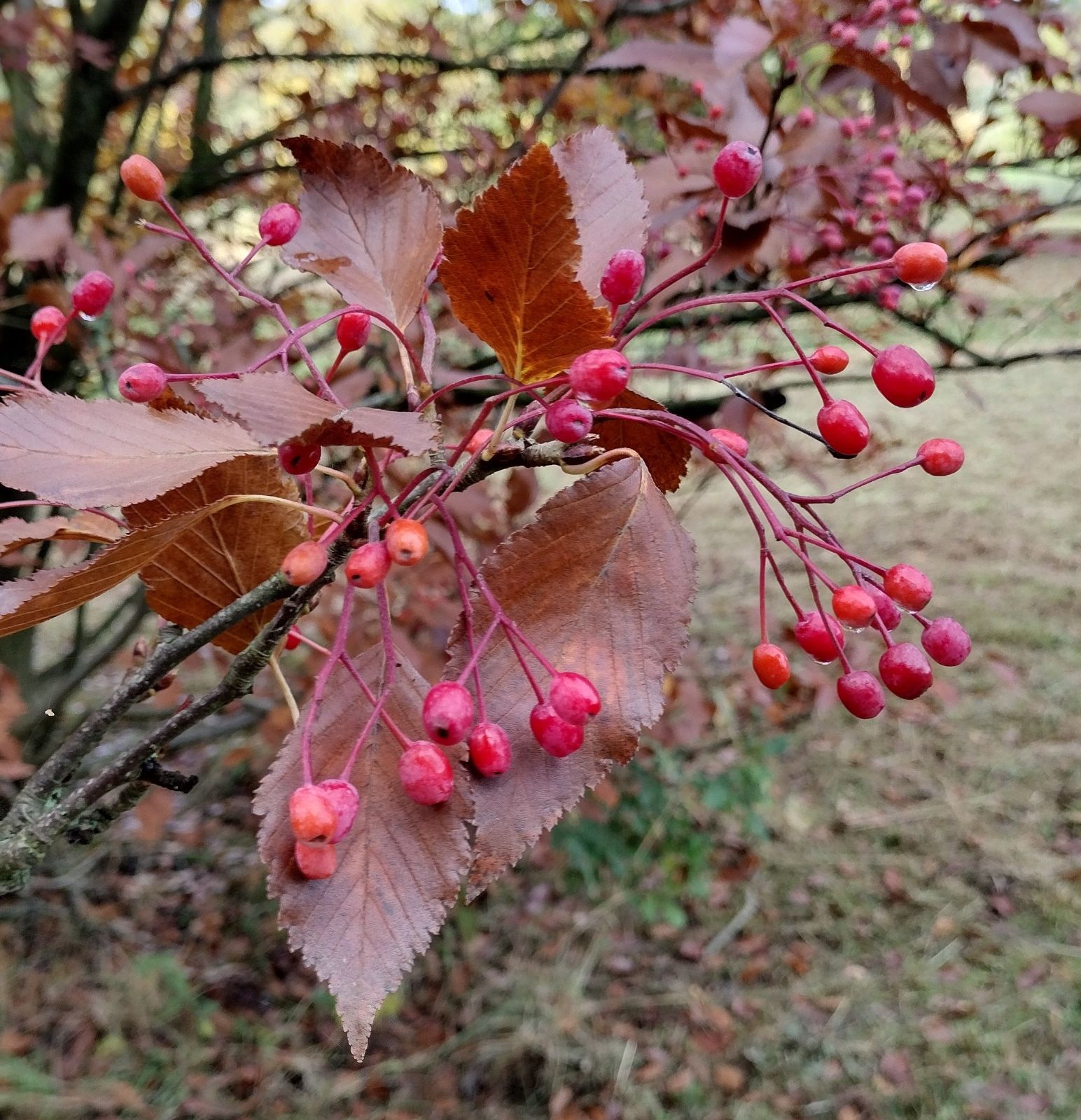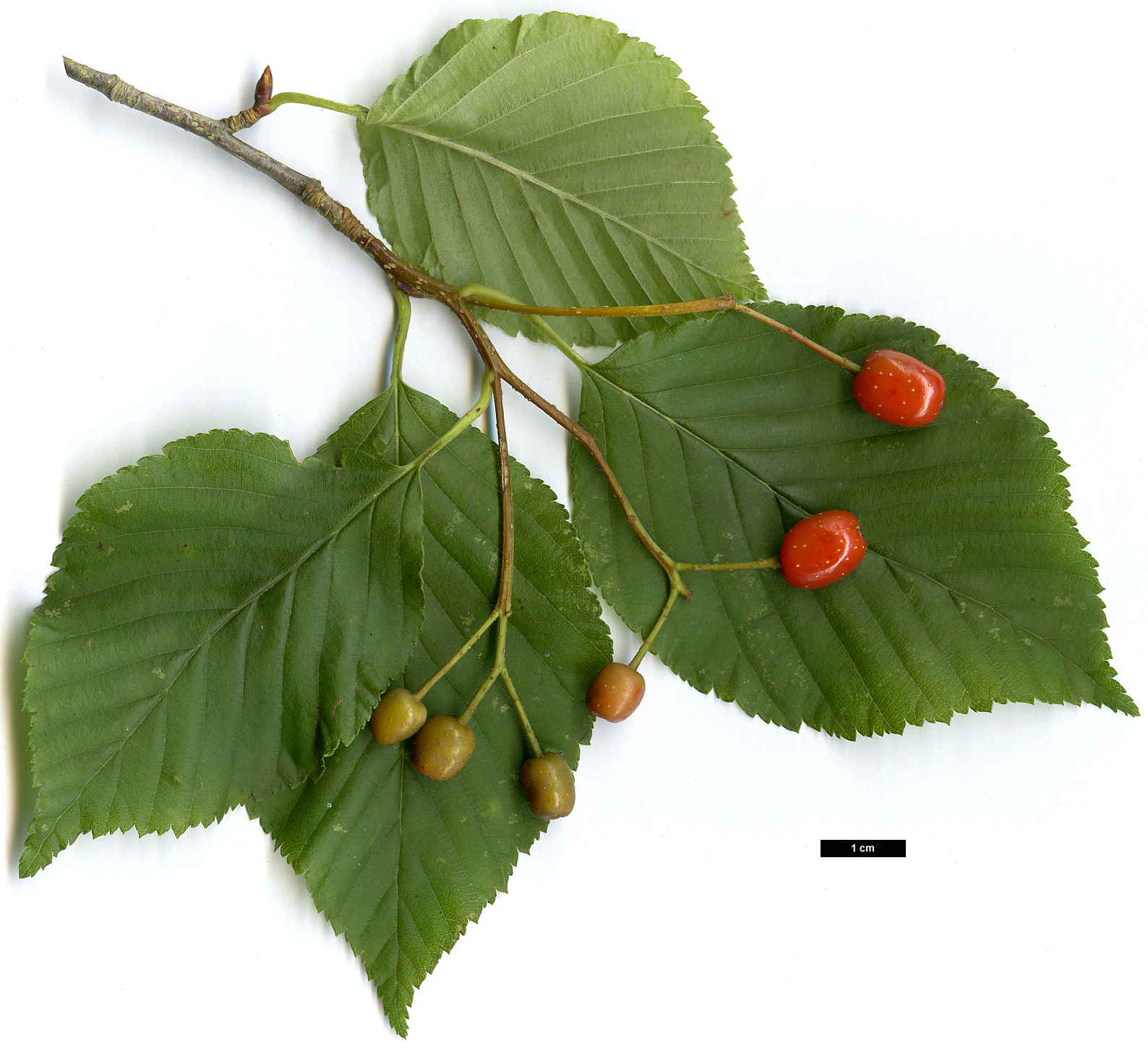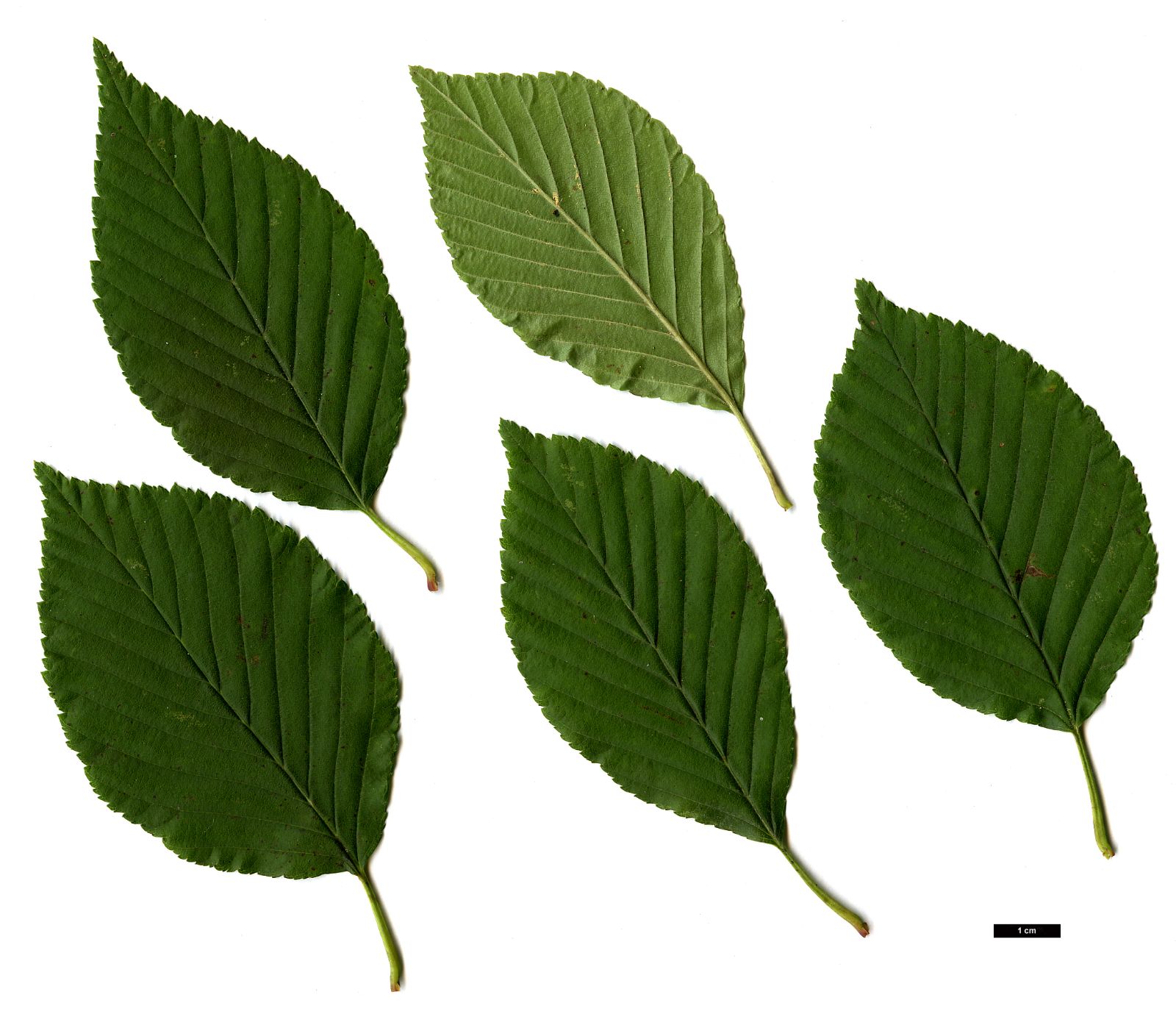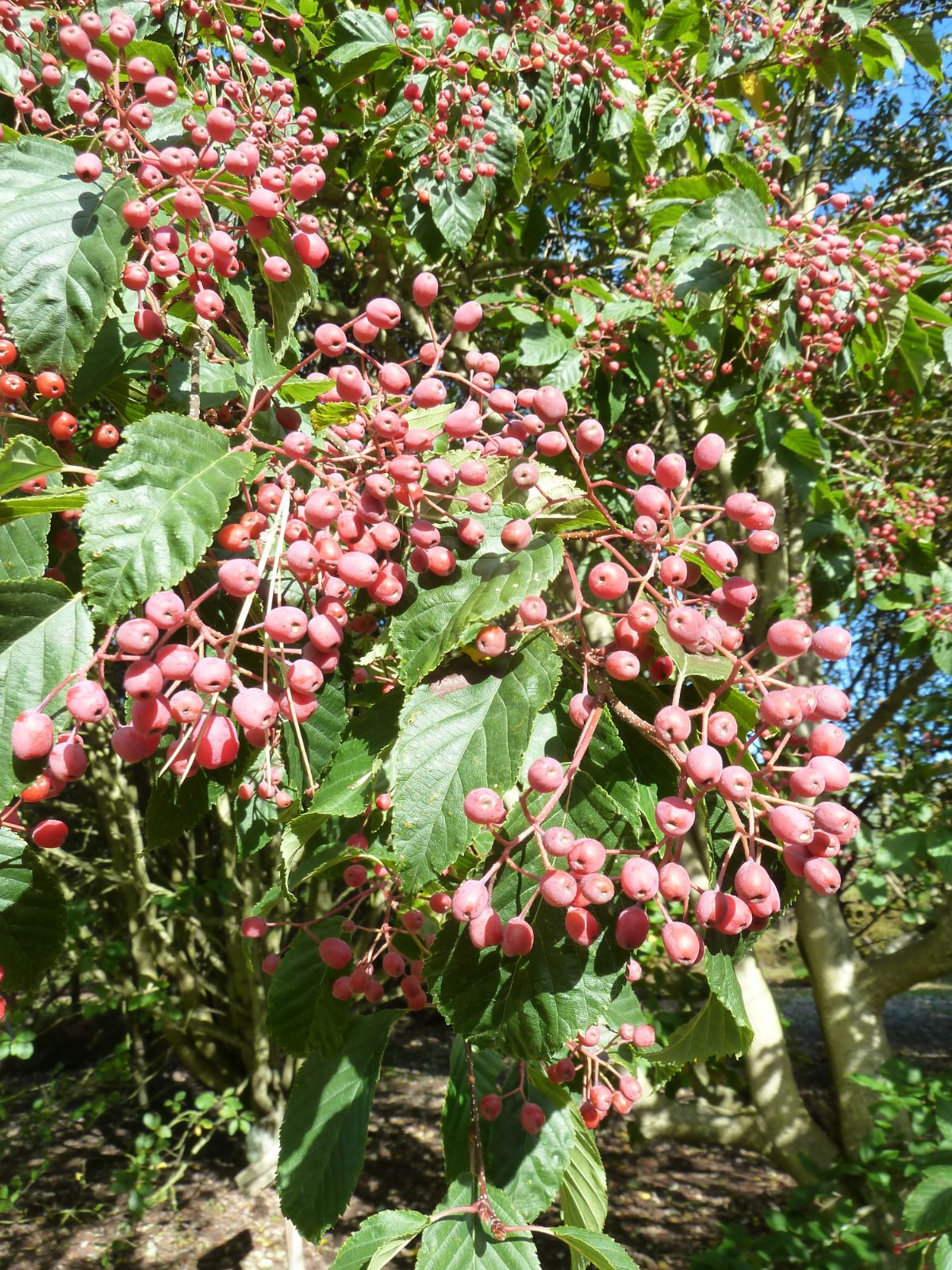Alniaria alnifolia
Credits
Article from Bean's Trees and Shrubs Hardy in the British Isles
Recommended citation
'Alniaria alnifolia' from the website Trees and Shrubs Online (treesandshrubsonline.
Genus
Synonyms
- Aria alnifolia (Sieb. & Zucc.) Decne.
- Crataegus alnifolia Sieb. & Zucc.
- Micromeles alnifolia (Sieb. & Zucc.) Koehne
- Pyrus alnifolia (Sieb. & Zucc.) Franch. & Sav., not Lindl.
- Pyrus miyabei Sarg.
- Sorbus alnifolia (Sieb. & Zucc.) K. Koch
- Sorbus alnifolia var. submollis Rehder
Infraspecifics
Other taxa in genus
Editorial Note
The text below is that of Bean (Bean 1981) who discussed this taxon under the name Sorbus alnifolia. We have created this hybrid article – Bean’s text under the correct modern name, with appropriate synonymy – whilst we await sponsorship to enable a full revision of this genus to be written. We are re-organising the Sorbus sensu lato articles in this way to enable a new revision of Sorbus sensu stricto to commence in 2023, and to bring the nomenclature of this complex group of plants up to date in line with modern treatments.
Sorbus alnifolia var. submollis, discussed below, is generally no longer recognised (e.g. Plants of the World Online 2023). We retain Bean’s text here for completeness pending a full revision.
TC, August 2023.
A tree growing to 70 ft high in cultivation, but the tallest in Britain are 40–50 ft high; bark smooth, grey and beech-like on mature trees; twigs slender, grey-brown, with numerous lenticels; buds copper-brown, slender, glabrous, to 1⁄4 in. or slightly more long. Leaves of thin texture, 11⁄2 to 4 in. long, 3⁄4 to 11⁄2 in. wide, the apex pointed, the base rounded, the margins double-toothed and sometimes slightly lobulate in the upper part, lateral veins parallel, in six to ten, rarely to twelve pairs, silky hairy beneath when young, becoming glabrous later; petiole 1⁄2 to 3⁄4 in. long. Flowers pure white, 3⁄8 to 1⁄2 in. wide, produced in late spring in dense corymbs 2 to 3 in. across; receptacle and pedicels glabrous or slightly silky; petals rounded; anthers cream-coloured; styles two to four. Fruits bright red or sometimes deep pink, dotted with dark lenticels, roundish or obovoid, 3⁄8 to 5⁄8 in. long, ripening in late September or October; calyx deciduous. Bot. Mag., t. 7773.
Native of Japan, Korea, and of northern and central China, as far south as Anhwei, Shantung and Kiangsi; put into commerce by the German nurseryman Späth in 1892, but perhaps cultivated earlier. It is a member of the section Micromeles, and perhaps its finest representative in gardens; indeed few other simple-leaved species surpass it as an ornamental. ‘This species can fairly easily be identified by its slim, crowded buds and twigs, and many slender lateral branches which grow along the boughs often to within a foot of the main trunk. The foliage, which is very dense in consequence, is composed of thin leaves borne in crisp-looking, overlapping clusters reminiscent of those of the native Beech or Hornbeam. In its full summer foliage this is one of the most massive in appearance of all Sorbus but the tracery of its branches in winter is noticeably delicate … . This species does not bloom conspicuously every year, but at its best … the clusters are packed 2–21⁄2 in. apart and the blossom lasts for a fortnight. With most Sorbus species the clusters are more widely spaced and much shorter lived.’ (Fox MS).
In October the chief beauty of this species is its autumn colour of apricot-pink or orange-scarlet; the fruits are usually few in each cluster and in many gardens are soon taken by birds.
S. alnifolia is an uncommon tree in Britain, despite its merits. A tree planted by Dr Fox in the Winkworth Arboretum, Godalming, in 1938 measures 40 × 33⁄4 ft at 3 ft (1975). A slightly older tree at Borde Hill in Sussex is 50 × 4 ft (1975). At the Arnold Arboretum, Boston, USA, Dr Fox saw a tree planted towards the end of the 19th century which was 70 ft high and 45 ft in spread (1955).
From the Supplement (Vol. V)
specimens: Winkworth Arboretum, Godalming, Surrey, pl. 1938, 40 × 33⁄4 ft (1975); Nymans, Sussex, Arboretum, 46 × 41⁄2 ft (1985); Sheffield Park, Sussex, 59 × 31⁄2 ft (1984); Westonbirt, Glos., Mitchell Drive, 48 × 31⁄2 ft (1979); Edinburgh Botanic Garden, 52 × 41⁄2 ft (1985); Dawyck, Peebl., 40 × 41⁄2 ft (1982); Benmore, Argyll, 56 × 31⁄2 + 23⁄4 ft with other stems (1983).
There is a young tree at Kew raised from seeds collected on the island of Chejudo (Quelpart), off the coast of South Korea, where, as seen, it makes a small tree to about 20 ft high (B.E. & C. 6).
'Sorbus alnifolia var. submollis' Rehder
Editorial Note
The following paragraph pertains to a taxon discussed by Bean (1981) as Sorbus alnifolia var. submollis Rehder. This variety is generally no longer recognised (e.g. Plants of the World Online 2023) and no combination has been published under Alniaria alnifolia. We retain Bean’s text here for completeness pending a full revision but ask readers to note well that the material discussed below is now considered to form part of the variation of Alniaria alnifolia.
This not very distinct variety was described as having the leaves densely downy beneath. Dr Fox records that even on a single tree there is variation from year to year in the density of hairs on the leaf-undersides. For S. zahlbruckneri Hort. (not Schneid.), sometimes placed under this variety, see Wilson 628 below. S. alnifolia is also represented in cultivation by plants raised from seeds sent by Wilson from Hupeh, China, in 1901 (W. 628). This introduction was at first identified as S. zahlbruckneri and it was under this name that it received an Award of Merit when exhibited by Kew in 1924. Botanically, Wilson’s form differs from the original introduction in the slightly larger leaves, and the larger, cherry-like fruits. But there is the further difference that all the recorded plants have a fastigiate habit. It is probable that they all belong to a single clone, named ‘Skyline’ by Messrs Hillier. It is possible that S. alnifolia is also cultivated in this country from seeds collected by Wilson in Korea.

